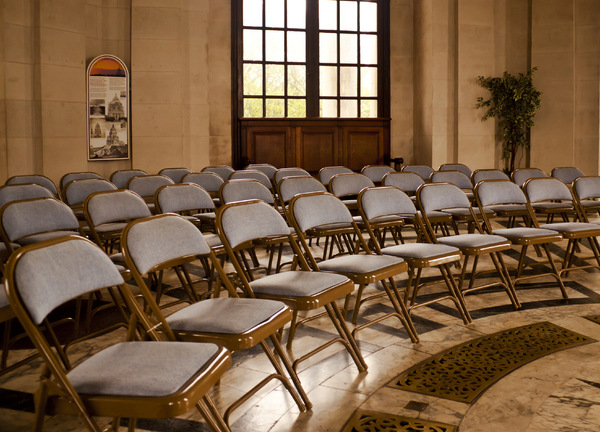Professional Development
NAA publishes fresh, new content every week covering a wide variety of topics related to the field of aftershool. In addition, NAA offers a variety of opportunities for virtual professional development (PD) through meaningful content, conversations and connections. Click here to see full descriptions of virtual PD offerings.
10 Transition or Wait Time Games for School-Age Children
Thursday, 24 October 2013 00:00Keeping kids entertained can be one of the toughest jobs. Some like to do one thing while others like to do something else. Making sure everyone is satisfied is difficult, but with a large arsenal of fun, interactive games, you'll be sure to keep all the kids moving and involved, begging to play them again and again. Check out these great transition/wait time games to make you and your kids happy.
Training On Your Time
Friday, 18 October 2013 09:45The National Out of School Time Professional Development Center (OSTPD) is the premier hub for afterschool professionals who want the freedom to pursue training on a schedule that works for them. As a web-based system, the OSTPD gives members access to the best online courses, including thirty-six OST Certificate Series Courses from afterschool expert Roberta L. Newman.
Twenty-Five Years of Out-of-School Time Jargon and Acronyms
Monday, 07 October 2013 09:47The National AfterSchool Association proudly celebrates its twenty-fifth anniversary as the national organization charged with leading the development, education, and care of children and youth during out-of-school hours. As our profession developed, so did the acronyms and terms associated with out-of-school time (OST). Have you ever been part of a conversation full of acronyms and terms you didn’t understand?
10 Tips for Aligning the Learning Day
Monday, 07 October 2013 00:00In many learning communities, one of the biggest challenges facing the afterschool profession is the process of aligning programs with the regular school day. Conceptualization of an aligned learning day involves sharing a mission, vision, turf, resources, and core beliefs about where children and youth can learn.
Reading Recommendations for Afterschool Leaders
Tuesday, 01 October 2013 06:54Who doesn't love to read, especially when it is in regards to afterschool, leadership, and connecting with students? We have some great reading recommendations for you to check out, read, and enjoy. If you have any reading recommendations you would like to share, comment on the post, share on our Facebook page, or e-mail us with your suggestions!
Always Changing
Tuesday, 01 October 2013 00:00This article in Sunday’s Washington Post caught my attention – both as an afterschool leader and also as a former classroom teacher. The author, a former public high school English teacher, gives a first-hand account of the decades of school reform initiatives he was expected to endure, year-after-year, as he attempted to engage, empower, and educate his students. For those of us who have been in education for even just a few years, I’m sure you’ll identify with his experiences.
If I Were an Afterschool Program Site Director
Thursday, 26 September 2013 04:23If I were an afterschool program site director, I’d approach my responsibilities recognizing that my leadership would directly impact and influence the quality outcomes of the program. I’d work hard. I’d thrive on the challenges that appeared each day. I’d work from the contention that my position was just as important as any other educational leadership role because of the influence I’d have in the lives of children, youth, and their families.
How to Communicate Effectively with Licensors
Monday, 23 September 2013 00:00Depending on your state and where your afterschool program is located, your program may need to have licensing in order to operate as an afterschool facility. In order to do that, you must know how to communicate effectively with the licensors you will be working with. Here are ten tips to help you do just that:
The Meeting Agenda: Twenty Minutes
Thursday, 19 September 2013 03:49We know that without structure of some kind, things can go wrong. This notion would definitely be applied to meetings within our workplace as there is so much to talk about, not enough time, and staying on track is hard for some of us. And that is where a written agenda comes in.
Aligning the Learning Day
Thursday, 19 September 2013 03:42There simply isn't enough time in a typical school day for children and youth to learn everything they must know and be able to do for future success in their world of work. We also know that kids learn every minute of the day. So it makes sense, now more than ever before, that all educators—particularly principals and afterschool program leaders—work together to structure students' varied and diverse learning times and experiences in and out of school for maximum effect.
National AfterSchool Association • 2961A Hunter Mill Road, #626 • Oakton, VA 22124 • info@naaweb.org










